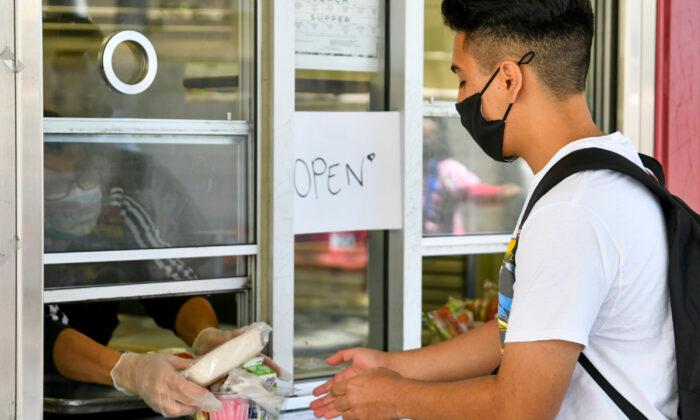“The state is reasonably positioned to sustain the continued multi-year implementation of the California for All Kids plan—a whole child framework to close opportunity gaps by accelerating learning and investing in the educator workforce while providing universal access to early learning, before and after school care, comprehensive nutrition services, and increasing the number of community schools in high-needs communities.”
“The Whole Child Model, currently implemented in 21 counties, integrates children’s specialty care services provided in the California Children’s Services (CCS) program into Medi-Cal managed care. The Governor proposes trailer bill legislation to expand the Whole Child Model to 15 additional counties.”
The LAO’s main concern is only about the money:
“Given the complex policy considerations at hand, we recommend the Legislature act cautiously with this proposal and consider deferring some or all of the proposed expansion as it weighs its long-term policy plans for CCS. Moving forward, we recommend the Legislature begin contemplating its long-term plans for CCS, focusing on an approach that best coordinates care for beneficiaries, improves the existing shortcomings in CCS, and is cost-effective. Moreover, the Legislature likely will want to minimize variation across the state in how CCS services are delivered, allowing for variation only where a clear rationale exists.”
That is, even more socialist centralization is needed, with “variation” minimized. Which means more conservative counties, such as those in rural areas, would be brought under central control.

National Gimmick
Whole Child isn’t just a California socialist gimmick, but a national one. The American Association of Pediatrics in January released a Clinical Practical Guideline (CPG) on the very real problem of childhood obesity. Their summary:“The CPG reflects a ‘whole child’ approach. Sections on risk factors and evaluation acknowledge the multiple influences that can lead to excess weight and influence treatment efforts. In addition to individual and familial risk factors, broader structural and contextual inequities not only contribute to obesity risk but also impede treatment success.”
Note the “familial risk factors.” Is Mom cooking the wrong food? Are the kids chowing down on too many candy bars? Does the family have time in the evening only for a Happy Meals drive-thru?
“Cultural care practices such as traditional foods and family meals are protective factors in childhood obesity and should be encouraged by nurses caring for and working with ethnic minority populations.”
Instead of pushing kids to wolf down two mass-produced, socialist meals at school, they instead should be encouraged to eat their own ethnic foods at home—and bring a bag lunch. Doing so would improve kids’ health far more than anything from the Whole Child scheme.

Whole Child Ideology
The Heritage Foundation came out with an analysis of Whole Child in March, “Forget Parents, Here’s What This ‘Whole Child’ Ideology Really Promotes.” It commented on the AAP obesity study:“Two aspects of the ‘whole child’ agenda go together. The first is the push to rely on medical intervention over lifestyle changes and counseling. The second is the willingness to take decision-making power from parents and give it to unelected, unaccountable administrators.
Conclusion: School Choice Needed
Whole Child is part of the move to push aside American families and put the government in charge of children. Aside from the LAO’s concern over the added expense of expanding the program, Whole Child also explains why the state spends on average $23,483 per student but gets pathetic results on test scores.But for that, the immense power of the teachers unions would have to be reduced and the state’s socialist mentality jettisoned.





